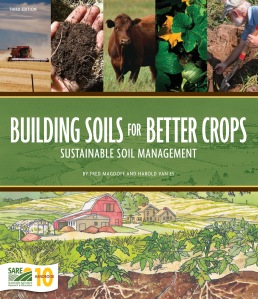Take a look at this amazing resource I’ve just discovered, it’s Dr Elaine Inghams lessons on the soil food web, as well as creating your own composts and compost teas/extracts. The information contained hereinafter is often behind a paywall.
“Elaine Ingham, Chief Scientist at Rhodale Institute came to Hawi, Hawai’i in July 2012 to deliver a 5 day seminar dedicated to studying, understanding, and improving our soil biology to assist in ecologically sound agricultural practices. This is where I got my introduction to the microscope and learned much of it’s importance. This was some of the best 30 hours of class ever, and I often re-watch this epic series to refresh myself and discover more as I tune my own magnification of understanding this microscopic wonderland.” – Drake of Natural Farming Hawaii.
This presentation consists of 18 videos containing a total of 26 hours of footage. For information purposes the audio quality is a little poor and the presentation slides are slightly out of focus.
LINK: http://naturalfarminghawaii.net/learn-natural-farming/elaine-ingham-seminar/
PLAYLIST: https://youtu.be/a5Lbag-4Dew?list=PLEF3AC2CFE07692A4








